- Prepare the Seedlings
- Choose the Bandage and Paper Cups
- 1. Size
- 2. Material and Design
- 3. Quantity
- 4. Accessibility
- Sterilize the Bandage and Paper Cups
- Prepare the Soil
- Fill the Bandage and Paper Cups with Soil
- Transplant the Seedlings
- Follow these steps to transplant the seedlings:
- Water the Seedlings
- Care for the Seedlings
- Questions and Answers:
- What supplies do I need to plant petunia seedlings in bandage and paper cups?
- How do I prepare the bandage or paper cups for planting?
- When is the best time to plant petunia seedlings?
- How do I plant the petunia seedlings in the cups?
- How should I care for the petunia seedlings after planting?
- When should I transplant the petunia seedlings into the garden?
- Videos: ★ How to Collect Petunia Seeds (A Complete Step by Step Guide)
If you’re a gardening enthusiast or simply love the vibrant colors and delicate blooms of petunias, you’ll be excited to learn how to plant petunia seedlings in bandage and paper cups. This step-by-step guide will walk you through the process, ensuring that your petunia seedlings have the best chance of thriving.
Why use bandage and paper cups, you might wonder? Well, bandage cups provide a biodegradable and eco-friendly option for planting, while paper cups allow for proper drainage and air circulation. Plus, they’re easily accessible and can be found in most households.
Step 1: Gather your materials
Before you start planting, gather all the necessary materials. You’ll need petunia seedlings, bandage cups, paper cups, potting soil, a small trowel or spoon, and water. Make sure your seedlings are healthy and have a good root system before proceeding.
Tip: It’s best to transplant your petunia seedlings when they have at least two sets of true leaves and are about four to six weeks old.
Step 2: Prepare the bandage and paper cups
Start by punching a few small drainage holes in the bottom of each paper cup. This will prevent water from pooling and ensure proper drainage. Then, tear the bandage cup into bands that will fit inside the paper cups. These bands will act as a barrier between the soil and the paper cup, preventing it from getting soggy and promoting root growth.
Step 3: Fill the cups with potting soil
Fill each paper cup about two-thirds full with potting soil. Gently tamp down the soil to remove any air pockets.
Step 4: Plant the petunia seedlings
Using a small trowel or spoon, create a small hole in the center of each cup. Carefully remove a petunia seedling from its original container, being mindful not to damage the roots. Place the seedling in the hole and gently backfill with soil, ensuring that the top of the root ball is level with the soil’s surface. Repeat this step for each seedling.
By following these simple steps, you can successfully plant petunia seedlings in bandage and paper cups. Remember to water your seedlings regularly and provide them with adequate sunlight. In a few weeks, you’ll be rewarded with beautiful, blooming petunias that will add a touch of color and joy to your garden or balcony.
Prepare the Seedlings
Before planting petunia seedlings in bandage and paper cups, it is important to ensure that the seedlings are healthy and ready for transplantation. Follow these steps to prepare the seedlings:
- Choose healthy seedlings: Select sturdy seedlings with strong stems and vibrant leaves. Avoid seedlings that look weak or diseased.
- Harden off the seedlings: Gradually expose the seedlings to outdoor conditions by placing them outside for a few hours each day, gradually increasing the time over a period of one to two weeks. This helps the seedlings acclimate to the outdoor environment.
- Prepare the cups: Take the paper cups and poke a few drainage holes at the bottom using a sharp object, such as a nail or a small knife. This will ensure proper drainage for the seedlings.
- Prepare the bandages: Cut the bandages into strips that are wide enough to wrap around the cups. The length should be long enough to wrap around the cup and tie securely.
- Water the seedlings: Water the seedlings thoroughly a day before transplanting. This will help loosen the soil and make the process easier.
By following these steps, you will ensure that your petunia seedlings are well-prepared for transplantation into the bandage and paper cups.
Choose the Bandage and Paper Cups
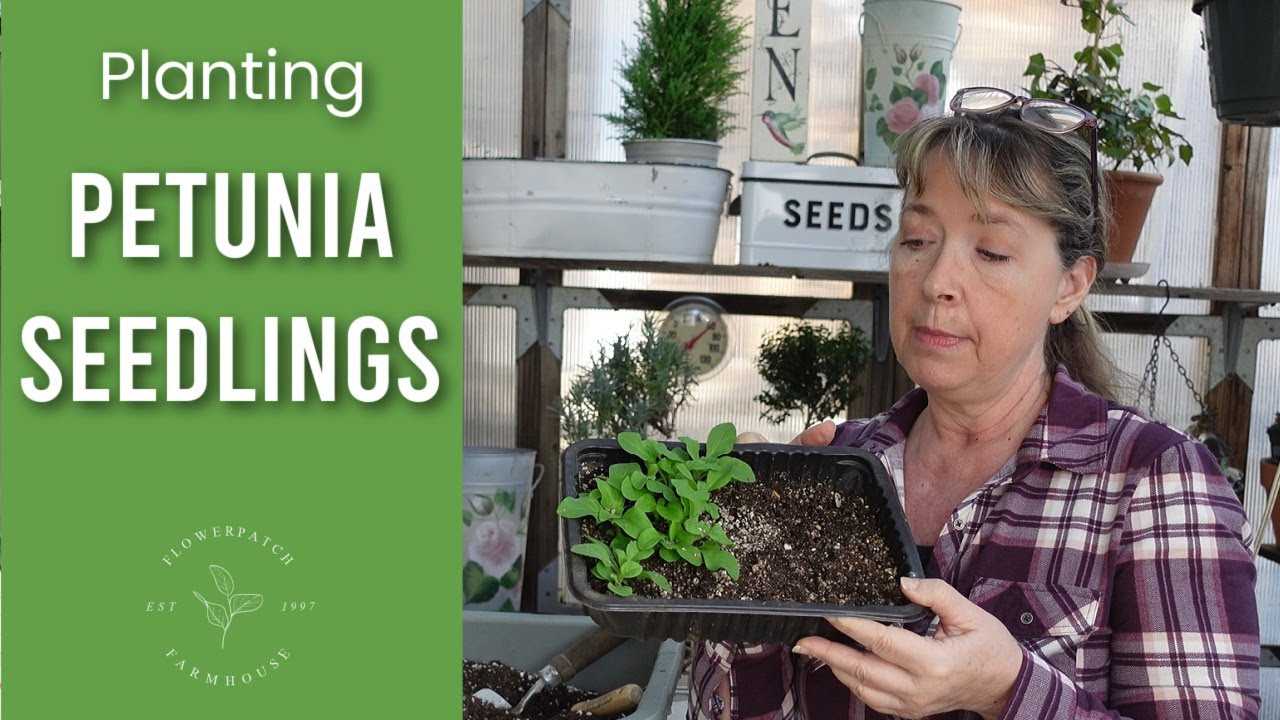
When it comes to planting petunia seedlings, choosing the right containers is crucial. Bandage and paper cups are inexpensive, easily available, and have the perfect size for the starting stage of the seedlings. Here is how you can choose the best bandage and paper cups:
1. Size
Select bandage and paper cups that are approximately 2-2.5 inches in diameter and 3-3.5 inches in height. This size allows enough room for the petunia seedlings to grow their roots before transplanting them into larger pots or directly into the ground.
2. Material and Design
Opt for bandage cups made of sturdy and biodegradable materials. Look for cups that are made from paper or compostable materials to minimize environmental impact and make it easier for the roots to penetrate through the cup walls. Additionally, choose cups with drainage holes at the bottom to prevent waterlogging and promote proper drainage.
3. Quantity
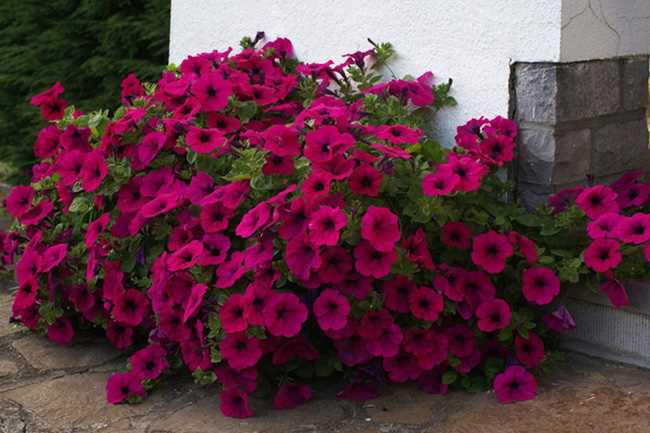
Consider the number of petunia seedlings you plan to grow and purchase enough bandage and paper cups accordingly. It’s always a good idea to have a few extra cups in case of any accidents or additional seedlings.
4. Accessibility
Ensure that the bandage and paper cups are easily accessible. Check your local gardening stores, online marketplaces, or even repurpose cups from everyday use. This accessibility will save you time and effort in finding the right containers for your petunia seedlings.
By carefully selecting the bandage and paper cups, you will provide the perfect environment for your petunia seedlings to thrive and grow into healthy plants.
Sterilize the Bandage and Paper Cups
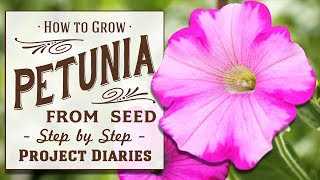
Before planting your petunia seedlings in bandage and paper cups, it is important to sterilize them to prevent the growth of any harmful bacteria or fungi. Here is a step-by-step guide on how to sterilize the bandage and paper cups:
- Clean the cups: Start by cleaning the bandage and paper cups with warm water and mild dish soap. Scrub the cups thoroughly to remove any dirt or residue.
- Rinse: Rinse the cups well with clean water to remove any soap residue.
- Prepare a sterilizing solution: Mix a solution of one part bleach to nine parts water in a clean bucket or container. This solution will be used to sterilize the cups.
- Soak the cups: Place the cleaned cups into the sterilizing solution and let them soak for at least 10 minutes. This will ensure that any remaining bacteria or fungi are killed.
- Rinse again: After soaking, remove the cups from the sterilizing solution and rinse them thoroughly with clean water to remove any bleach residue.
- Let them dry: Allow the cups to air dry completely before using them for planting. Make sure there is no moisture left in the cups, as it can promote the growth of pathogens.
By sterilizing the bandage and paper cups, you are creating a clean and safe environment for your petunia seedlings to grow. This will help prevent any diseases or infections that can harm the plants and ensure their healthy development.
Prepare the Soil
Before planting your petunia seedlings, it’s important to prepare the soil to create a conducive environment for their growth. Follow these steps to ensure your soil is ready:
- Select a well-draining soil: Choose a soil mix that is specifically designed for container gardening. This type of soil will provide the necessary drainage and aeration for the petunias’ roots.
- Amend the soil: If the soil you selected is not already enriched with organic matter, it’s recommended to mix in some compost or well-rotted manure. This will improve the soil’s fertility and provide essential nutrients for the seedlings.
- Remove any weeds: Before planting, make sure to clear the area of any weeds or grass. Weeds can compete with the petunias for nutrients and water, so it’s important to create a weed-free environment.
- Loosen the soil: Use a hand trowel or garden fork to break up any compacted soil in the planting area. This will allow the petunia roots to penetrate easily and establish themselves in the soil.
Once you have prepared the soil, you are ready to move on to the next step of planting your petunia seedlings in bandage and paper cups.
Fill the Bandage and Paper Cups with Soil
To plant petunia seedlings in bandage and paper cups, you will need to fill the cups with soil. Follow these steps:
- Prepare the soil beforehand by mixing in organic matter and ensuring it is well-draining.
- Take a bandage or paper cup and fill it approximately three-fourths full with the prepared soil.
- Gently press the soil down to remove any air pockets and make sure it is evenly distributed within the cup.
- Check the moisture level of the soil. It should be slightly damp but not overly wet.
- If the soil is too dry, water it lightly until it reaches the desired moisture level.
- Repeat this process for each bandage or paper cup you will be using.
By filling the bandage and paper cups with soil, you are creating a favorable environment for the petunia seedlings to grow and establish their roots. Make sure the soil is of good quality and properly hydrated to provide the nutrients and moisture necessary for the seedlings’ growth.
Transplant the Seedlings
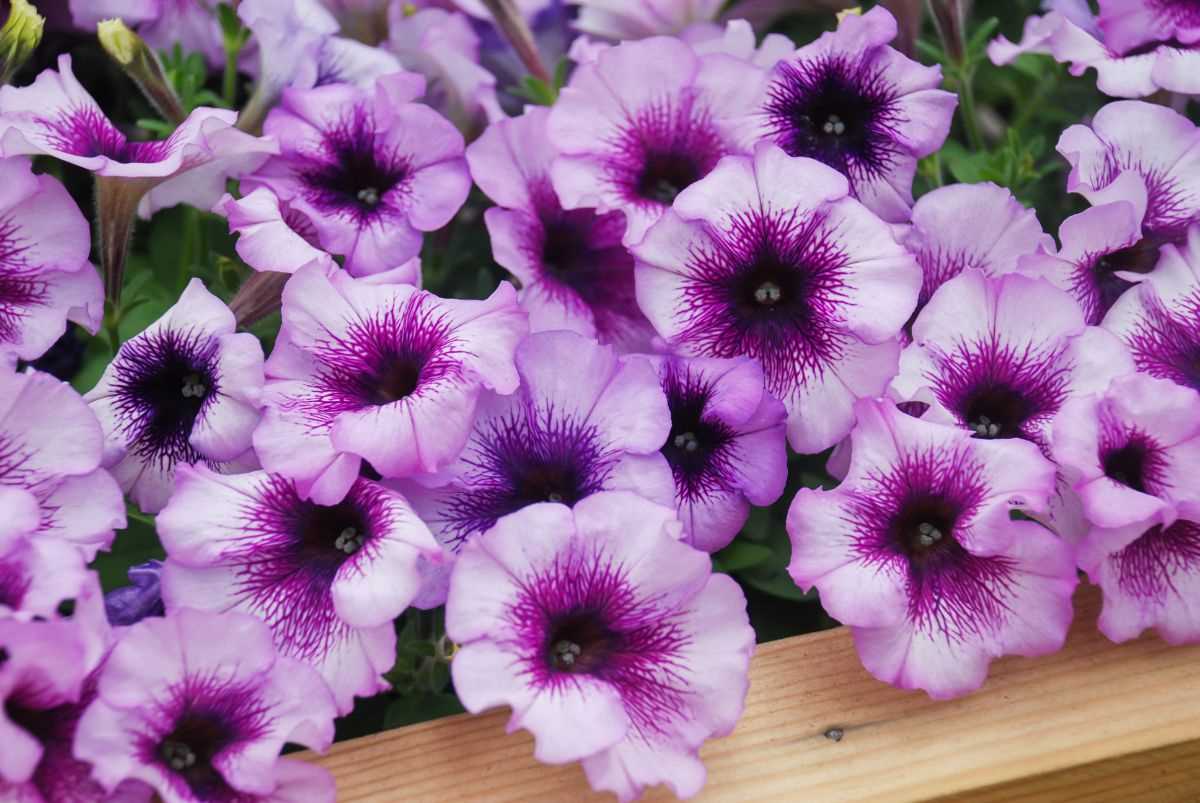
Once the petunia seedlings have reached a height of around 2-3 inches, they are ready to be transplanted into larger pots or directly into the garden. Transplanting the seedlings will give them more space to grow and develop strong root systems.
Follow these steps to transplant the seedlings:
- Choose a suitable location for your petunias. They prefer full sun, so find a spot in your garden that receives at least 6 hours of direct sunlight per day.
- If you are transplanting the seedlings into pots, make sure the pots have drainage holes to prevent waterlogging.
- Prepare the soil by mixing in some organic compost or fertilizer. This will provide the seedlings with essential nutrients for healthy growth.
- Gently remove the seedlings from their bandage or paper cups. Be careful not to damage the delicate roots.
- Dig holes in the prepared soil that are large enough to accommodate the root balls of the seedlings.
- Place the seedlings into the holes, making sure that the root balls are fully covered with soil. Press the soil gently around the seedlings to secure them in place.
- Water the transplanted seedlings thoroughly to settle the soil around the roots. Be careful not to overwater, as this can lead to root rot.
- Continue to water the seedlings regularly, ensuring that the soil remains moist but not waterlogged.
- If you are transplanting the seedlings into pots, place the pots in a sunny location and rotate them regularly to promote even growth.
By following these steps, you can successfully transplant your petunia seedlings and watch them thrive in their new environment. With proper care and maintenance, your petunias will reward you with beautiful blooms throughout the growing season.
Water the Seedlings
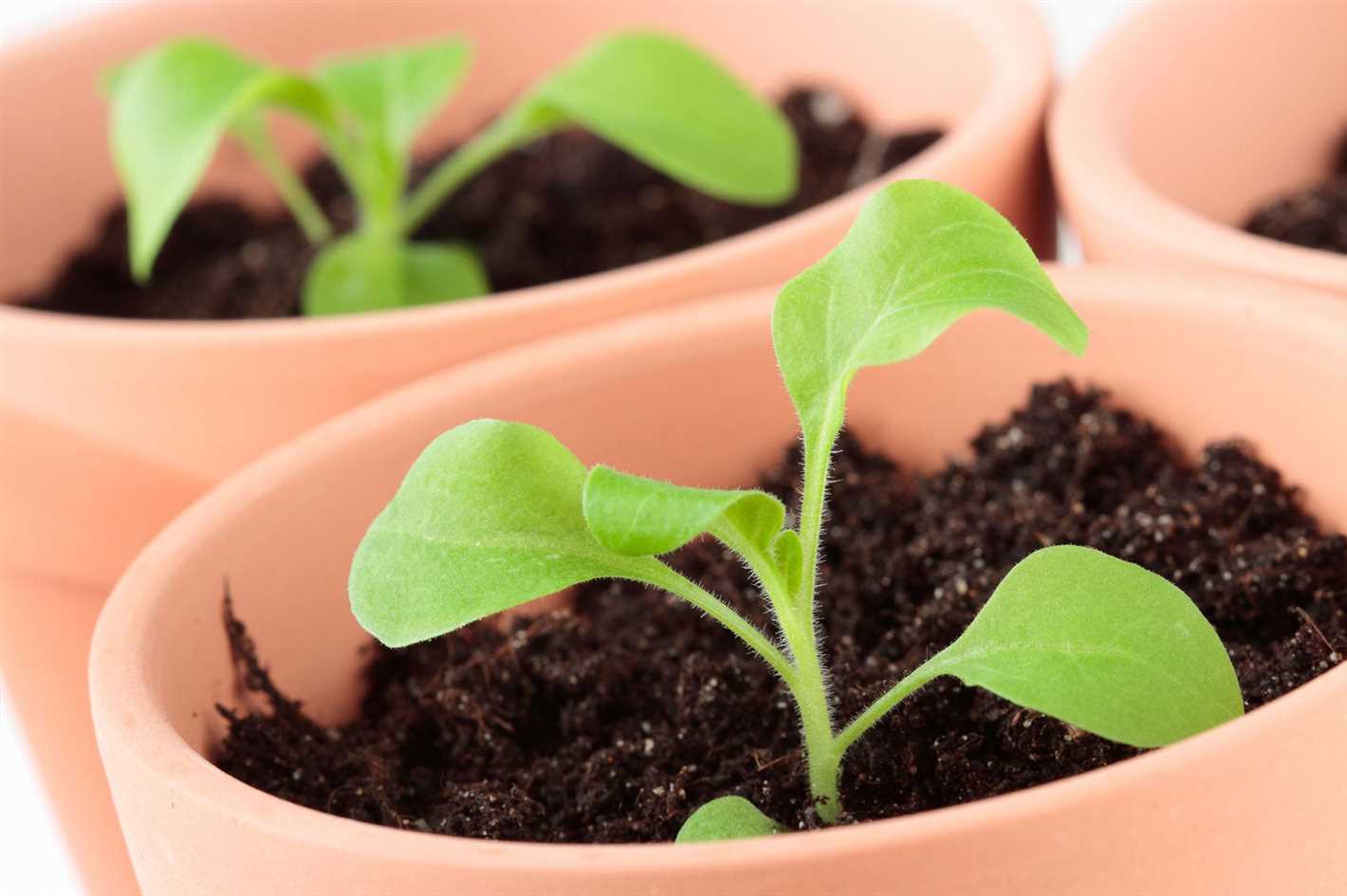
Proper watering is essential for the growth and development of petunia seedlings. Here are the steps to follow when watering your seedlings:
- Check the moisture level: Before watering the seedlings, check the moisture level of the soil. Stick your finger about an inch into the soil, and if it feels dry, it’s time to water.
- Use a watering can or spray bottle: Water the seedlings gently using a watering can or a spray bottle with a fine mist setting. This will prevent the delicate seedlings from getting damaged.
- Water at the base: Direct the water towards the base of the seedlings, avoiding the foliage as much as possible. This will help prevent diseases and minimize the risk of damping off.
- Water thoroughly: Make sure to water the seedlings thoroughly so that the water reaches the roots. Keep watering until you see water beginning to drain out from the drainage holes at the bottom of the cups.
- Avoid overwatering: While it is important to keep the soil moist, overwatering can lead to root rot and other issues. Always allow the soil to dry slightly between watering sessions.
By following these steps and providing the right amount of water, you will help promote healthy growth and development of your petunia seedlings.
Care for the Seedlings
Once you have planted your petunia seedlings in bandage and paper cups, it is important to provide them with proper care to ensure their healthy growth and development. Here are some tips for taking care of your petunia seedlings:
- Watering: Water the seedlings regularly to keep the soil moist. Avoid overwatering, as it can lead to rotting of the roots. Check the moisture level of the soil by inserting your finger into the soil up to the second knuckle. If it feels dry, it’s time to water the seedlings.
- Light: Place the seedlings in a location that receives bright but indirect sunlight. Petunias require at least 6 hours of sunlight per day for proper growth. If you are growing the seedlings indoors, consider using artificial grow lights to provide sufficient light.
- Fertilizer: Feed the seedlings with a balanced liquid fertilizer once they have established their true leaves. Follow the package instructions for proper dilution and application. Fertilize the seedlings once every two weeks to promote healthy growth.
- Transplanting: Once the seedlings have grown to a height of about 3-4 inches and have developed a strong root system, they can be transplanted into larger pots or directly into the garden. Gradually acclimatize the seedlings to outdoor conditions by exposing them to the outdoor environment for a few hours each day before transplanting.
- Support: As the petunia seedlings grow, they may require support to prevent them from falling over. Use small stakes or tomato cages to provide support and prevent damage to the plants.
- Pest and Disease Control: Keep an eye out for any pests or diseases that may affect the seedlings. Common pests that attack petunias include aphids, whiteflies, and slugs. Use organic methods or insecticides to control pests if necessary. Remove any diseased plants to prevent the spread of diseases.
By following these care tips, you can ensure that your petunia seedlings grow into healthy, vibrant plants that will reward you with beautiful flowers.
Questions and Answers:
What supplies do I need to plant petunia seedlings in bandage and paper cups?
You will need bandage or paper cups, potting soil, petunia seedlings, a tray or container to hold the cups, water, and a light source.
How do I prepare the bandage or paper cups for planting?
To prepare the cups, make small drainage holes at the bottom using a pin or a small knife. This will ensure proper drainage for the plants.
When is the best time to plant petunia seedlings?
The best time to plant petunia seedlings is in the late spring or early summer, when the danger of frost has passed and the weather is consistently warm.
How do I plant the petunia seedlings in the cups?
Fill the cups about two-thirds full with moist potting soil. Make a small hole in the center of the soil and gently place the petunia seedling into the hole. Press the soil lightly around the base of the seedling to secure it.
How should I care for the petunia seedlings after planting?
After planting, place the cups in a tray or container and water them thoroughly. Keep the soil consistently moist, but not waterlogged. Place the seedlings in a location with bright, indirect light and maintain a temperature of around 70-75°F (21-24°C).
When should I transplant the petunia seedlings into the garden?
You can transplant the petunia seedlings into the garden once they have grown larger and the weather is consistently warm. This is usually after 6-8 weeks of growth. Harden off the seedlings by gradually exposing them to outdoor conditions before transplanting.







